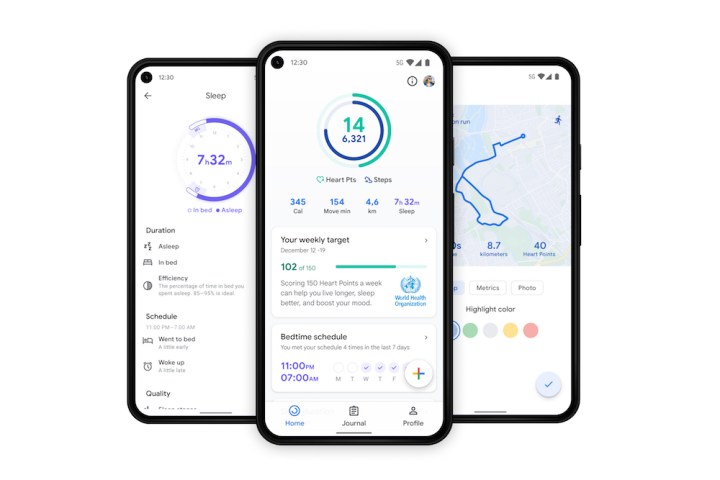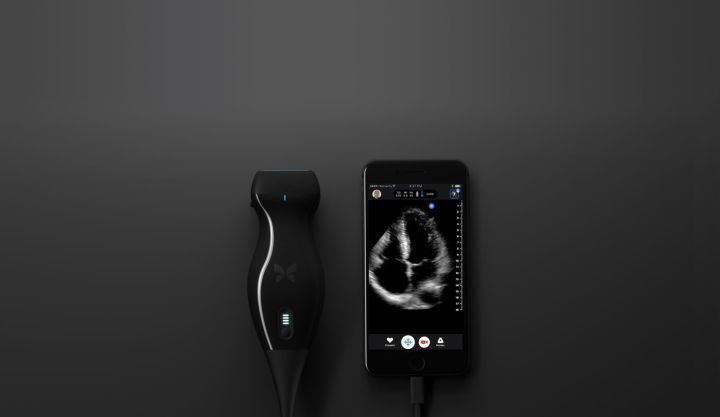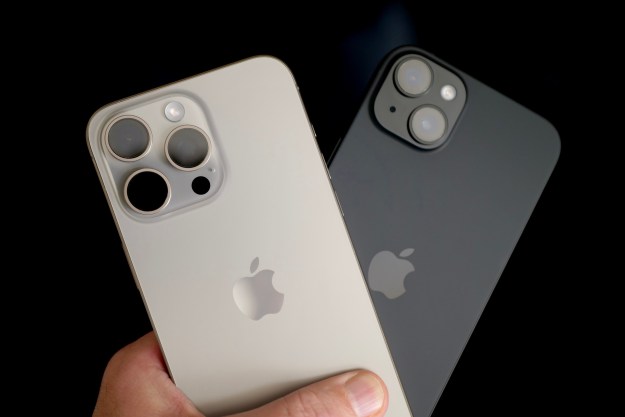Your phone might soon be getting AI-assisted upgrades to benefit your health.
Google Health has introduced research projects that promise to turn smartphones into disease=screening tools. One promising avenue involves using the onboard microphones on a phone as a stethoscope to detect circulatory irregularities like murmurs. The innovations could be deployed through telehealth, saving the need and time for patients to travel to a doctor.
“At Google, we’re focused on unlocking the potential of everyday devices to support people’s health and wellness,” Greg Corrado, head of Health AI at Google, told Digital Trends in an interview. “Such developments are becoming possible thanks to improvements in sensors on mobile devices, as well as advances in AI, and we want to be at the forefront of these developments.”
Diagnosis through your phone

Google says it sees “early promising results” in using existing clinical cameras to detect diabetic eye disease. It plans to fund more clinical trials on the use of smartphones to do the same thing. The company uses Automated Retinal Disease Assessment, an AI engine, to process the images.
Corrado says mobile sensors combined with machine learning can give people insights into their daily health and wellness. The feature that allows you to measure your heart rate and respiratory rate with your phone’s camera is now available on Android and iOS devices.

Another area of research explores how a smartphone’s built-in microphones could record heart sounds when placed over the chest. Listening to someone’s heart and lungs with a stethoscope can help clinicians detect heart valve disorders. Screening for aortic stenosis typically requires specialized equipment, like a stethoscope or an ultrasound, and an in-person assessment.
“This newest area of research explores how a smartphone’s built-in microphone can record heart sounds when placed over the chest, and possibly detect heartbeats and murmurs,” Corrado said. “It’s important to note that we’re still in the beginning stages of research and development, but our hope is to provide doctors and patients with an additional tool for assessment and care.”
Connor Landgraf, the CEO of Eko, which created the first AI stethoscope, told Digital Trends in an interview that it’s not completely clear yet how Google plans to roll the stethoscope feature out to consumers.

“But a guess would be that Google plans to enable patients with some risk for heart disease to use the microphone on their smartphone to listen to their heart sounds and to share the auscultation data with their primary care physician,” Landgraf added. ”This could allow clinicians to gather a patient’s cardiac data, which is mostly available during an in-person exam, remotely, from anywhere in the world.”
Landgraf said that having a stethoscope on a smartphone could make the tool more available. “It would be straightforward to reach a large number of patients through these apps,” he added. “However, it would also likely trade off some accuracy since the
Smartphone stethoscopes could also be a way to give patients more awareness and knowledge of their overall heart health, Landgraf said. A significant number of patients with heart valve disease are not diagnosed early enough by their primary doctor, and many patients are never treated.
“There is a tsunami wave of patients with undiagnosed cardiac conditions, and this technology could play a role in helping provide more knowledge to these patients,” Landgraf said.
Ultrasounds for everyone

Corrado said AI could also help make ultrasound more available to low-income parents. Ultrasound uses high-frequency sound waves to create real-time pictures or videos of internal organs or other tissues, such as blood vessels and fetuses. But more than half of all birthing parents in low-to-middle-income countries don’t receive ultrasounds due to a shortage of expertise in reading ultrasounds.
Google is working on using AI to help providers conduct ultrasounds and perform assessments. “With more automated and accurate evaluations of maternal and fetal health risks, we hope to lower barriers and help people get timely care in the right settings,” Corrado said in a blog post.
Hila Goldman – Aslan, the CEO of DiA Imaging Analysis, a provider of AI-powered ultrasound analysis solutions, told Digital Trends in an interview that AI can act as a second set of eyes for overworked doctors or provide diagnostic power that is simply impossible for humans.
“In our area of ultrasound tests, visually analyzing ultrasound images is subjective, error-prone, and highly dependent on the operator’s experience,” Goldman – Aslan said.
Radiologists typically work chronologically on a first-come-first-served basis, without necessarily always knowing if there are more urgent cases down the list that need addressing first.
Elad Walach, the CEO of Aidoc, a provider of health care AI solutions, said that for medical imaging, AI addresses the challenges of labor shortages and physician fatigue. AI can flag the positive cases in the radiologist’s workflow so that patients can get timely treatment.
“Radiologists are facing larger case volumes, which can lead to burnout,” Walach said. “More importantly, radiologists typically work chronologically down a worklist on a first-come, first-served basis, without necessarily always knowing if there are more urgent cases down the list that need addressing first.”
But Ronald Dixon, a physician and the CEO of CareHive, told Digital Trends in an interview that he doesn’t think that the Google health tools will have much of an impact on patients.
“The focus of the Google effort has “really been on how you use technology to better diagnose or better manage patients without necessarily an understanding of the value of what that technology might provide,” he said.
Dixon said he’s concerned the use of AI could raise the costs of health care for consumers.
“If the cost goes up because you’re using technology to try to solve a problem, you’re not actually helping the health care system because you’re actually hurting it in that way,” he added. “You’re causing us to spend more money to likely get to the same outcome. And the reason why they do that is that they’re technology companies. So it’s a ‘technology-first’ strategy as opposed to a ‘clinical need-first’ strategy.”
Editors' Recommendations
- Here’s how Apple could change your iPhone forever
- Qualcomm wants to add these crazy AI tools to your Android phone
- Have one of these Samsung phones? You’re getting Galaxy AI features next month
- Google is launching a powerful new AI app for your Android phone
- The Amazon app on your phone just got a cool AI feature



